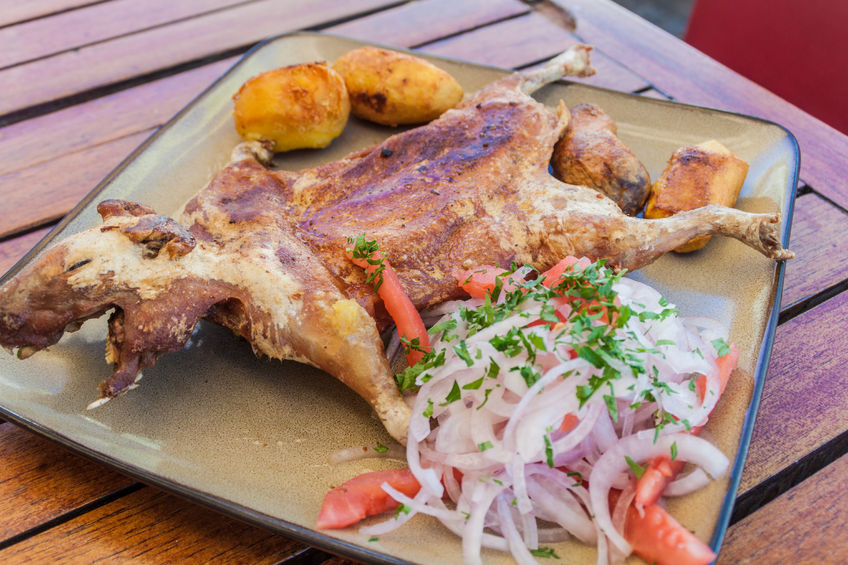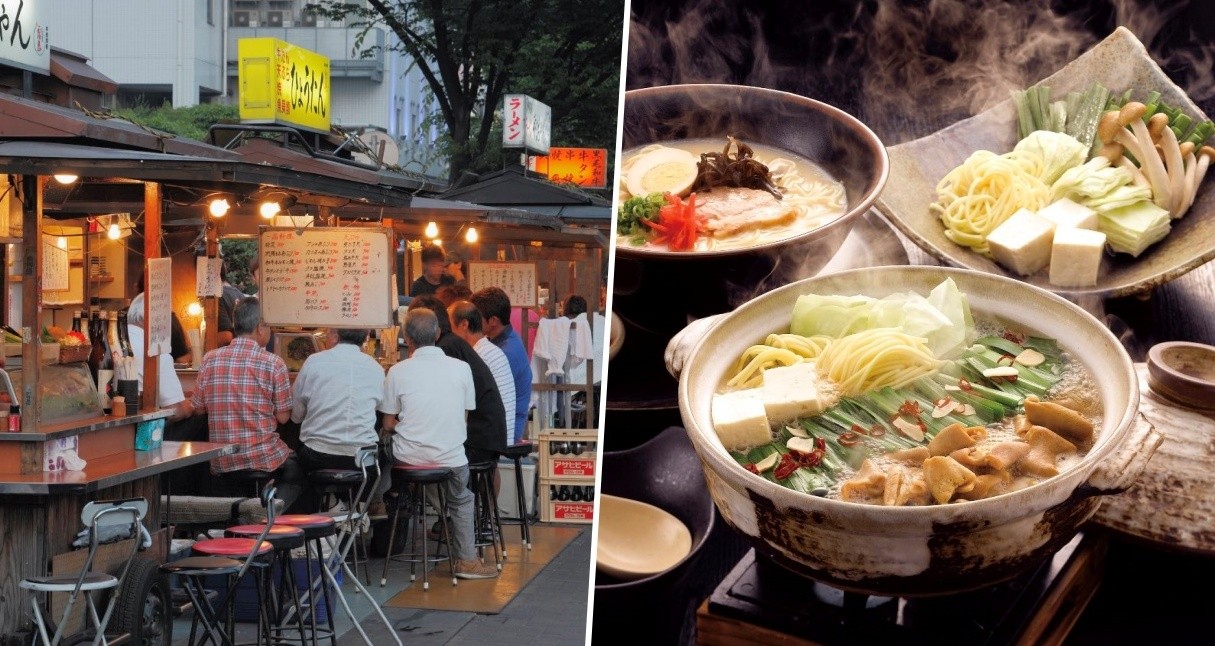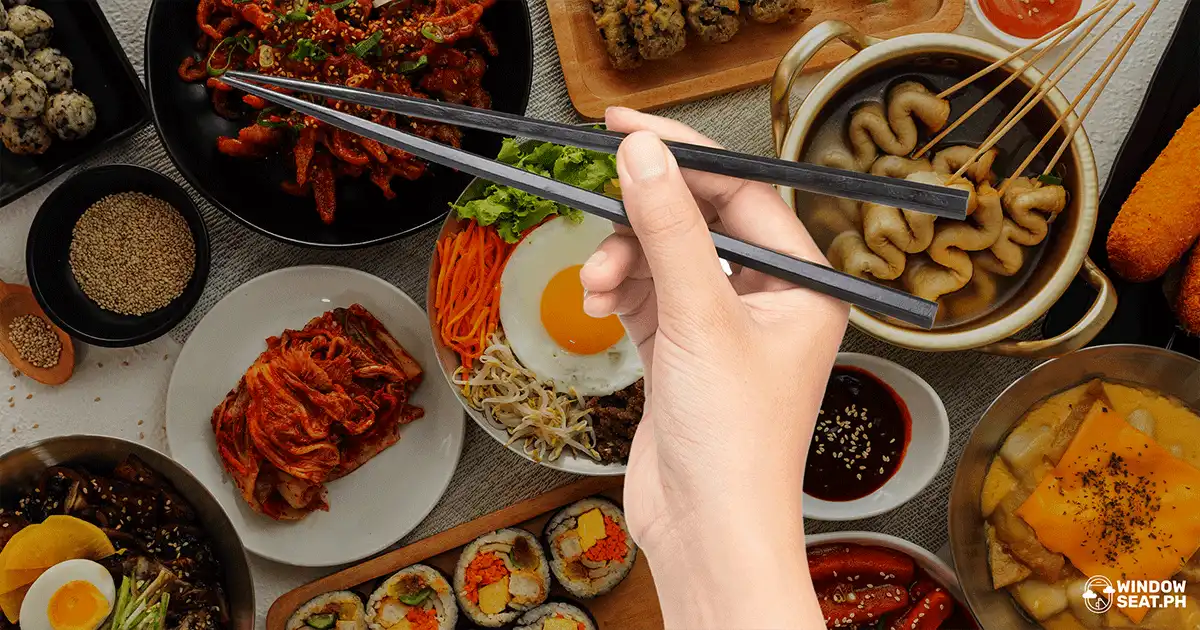8 Peruvian Dishes You Must Try
How about some roasted cuy?
by Tommy Walker | March 29, 2017
In Southeast Asia, we are blessed with having some of the most creative dishes on the planet. Seriously, the variety is second to none, and with the amount of mouth-watering cuisine on offer, we are in one of the world’s capitals for food. We all like our local favorites, but being a foodie isn’t about that. If you can enjoy all types of food, for the hobby rather than necessity then count yourself lucky. We all want a job like Anthony Bourdain, exploring the world by eating our way around it.
Over in Latin and South America, internationally a lot of the local dishes aren’t exactly famous. I mean, you have the best steak in the world in Argentina, and Empanadas are a great snack, but there isn’t a great deal to rave about. I mean, the locals will tell you how delicious or “rico” their food is, but is it for everyone? I don’t think so. Then again, one country has a little bit more about it.
Peru, famed for some of its unique, local and intentionally fused dishes have some delights that’ll will make you hungry right away — just by reading this.
Ceviche
Peru’s national dish is healthy, tasty and creative that all seafood lovers will devour within minutes. Ceviche is essentially fresh fish that is best made into salads, tacos and other variations. Most dishes are a bit tangy given the dressing and added extra’s. Lima, Peru’s capital serves the freshest you can find. Ceviche is a simple, light dish but comes in so many varieties; your taste buds will never get bored.
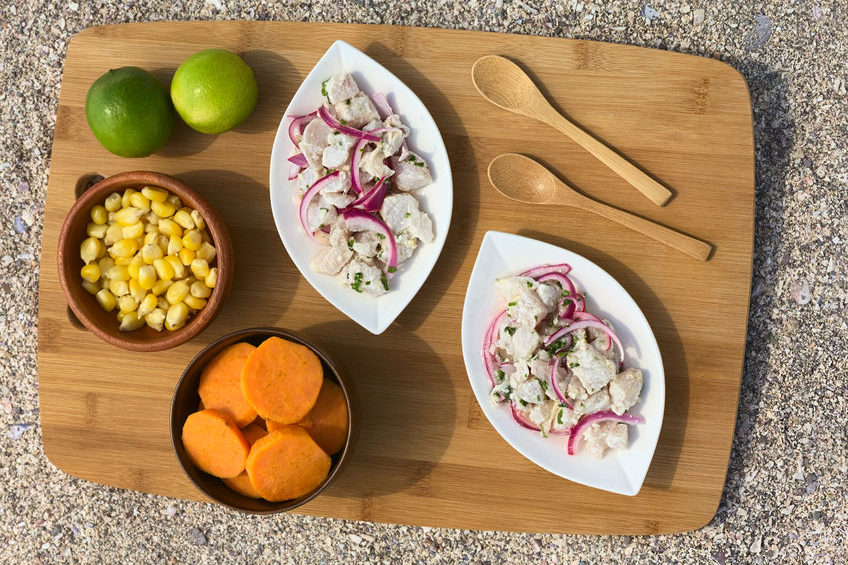
Causa
Causa literally means ‘cause.’ Apparently around a century ago when Peru was at war with Chile, the aftermath left nothing food wise apart from potato. This was then transformed into a cold mash potato salad, which ‘was for the cause.’ Nowadays, it’s a classic Peruvian dish that normally has tuna, avocado and tomato in the mix.

Aji de Gallina
The creamy yellow sauce often is similar to a coconut-like curry you’d see in India or parts of Asia. It is the yellow aji pepper that gives Aji de Gallina its color, but the center of this dish is the chicken stew with condensed milk and a bit of a spicy kick. Also including Amarillo chilies, Parmesan, bread, onions and garlic, Aji de Gallina goes with rice, salad and potato and is best made by grandmothers at winter time, according to the locals!
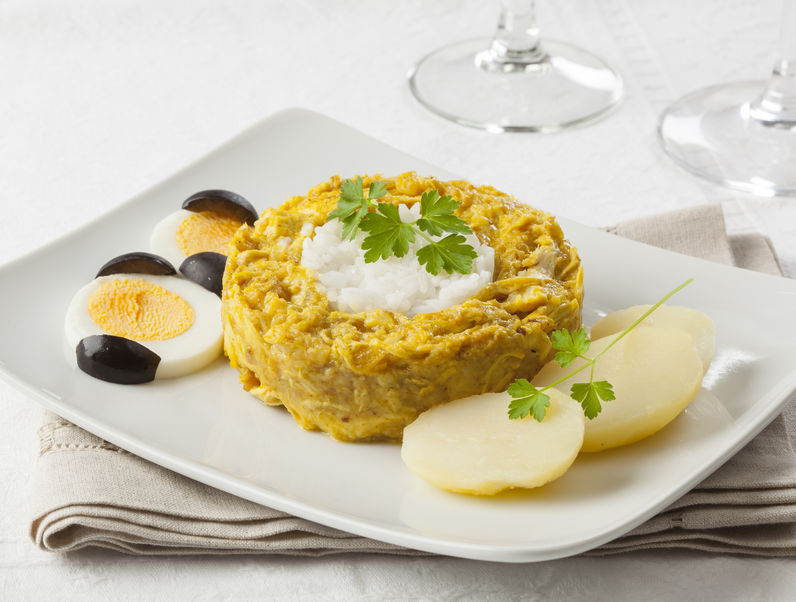
Cuy
Let’s not be coy over Cuy. This dish is cooked guinea pig. So, if you’re thinking Balut is a strange oddity, Cuy beats that for sure. Despite it being weird to us, to locals it’s kind of sacred. You may see a Cuy being served in Peruvian versions of the last supper, often in churches in forms of paintings or figure enactments. Normally cooked via BBQ on a spit; Cuy is very a gamy meat, often bony, too.

Lomo Saltado
Peru’s most popular meat dish and is a blend of Peruvian cuisine (Chifa) and Chinese influence (Criollo). Cooked in a wok, the smoke it creates adds to the flavor. Side by side with native ingredients such as amarillo chilies, onion and tomato! Add a delicious mixed sauce by similar elements and Lomo Saltado is served!
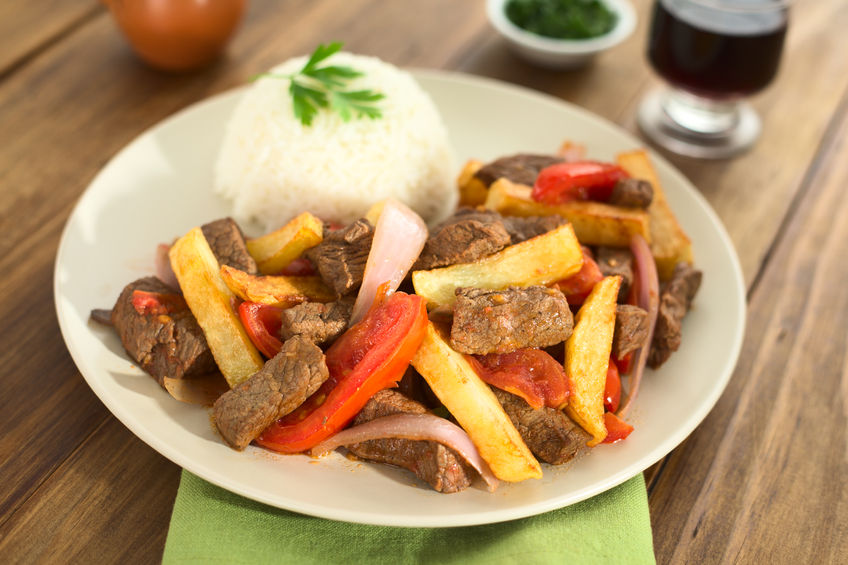
Pollo A La Brasa
Roast chicken served by marinating the bird soy sauce with the added fizz of peppers, onion, garlic and cumin. Pollo A La Brasa is so popular you’ll see it internationally, but Peru can claim its creation. There are a variety of dripping sauces that go with this dish. You will find that this dish internationally normally has typical French fries as a side but traditionally in Peru, fried yuca goes so much better. The crispier and chewier more Peruvian version of ‘normal’ French fries.

Anticuchos
Anticuchos is a crafty dish that first originated from African slaves centuries ago. They turned basic and dour offal into a dish that was marinated with smoky chilies and local herbs. A great street food dish and perfect if you want to eat on the go. Typically, they are Peru’s version of beef skewers.
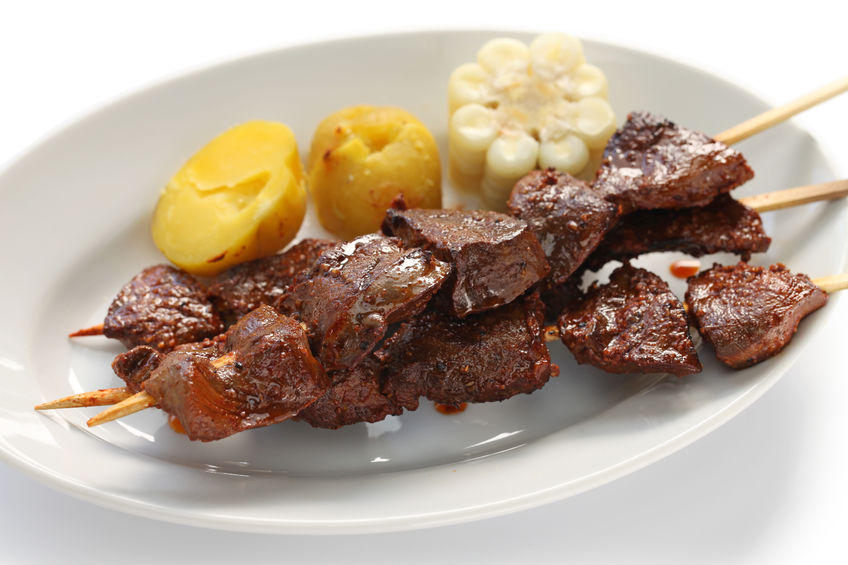
Rocoto Relleno
If you like things spicy, Rocoto Relleno will give that to you. A red-pepper looking Capsicum pubescens topped with melted white cheese then baked is all it takes. However, when it’s a lot more spicy than a jalapeno, only people with the right stomach can devour this Arequipa favorite.




